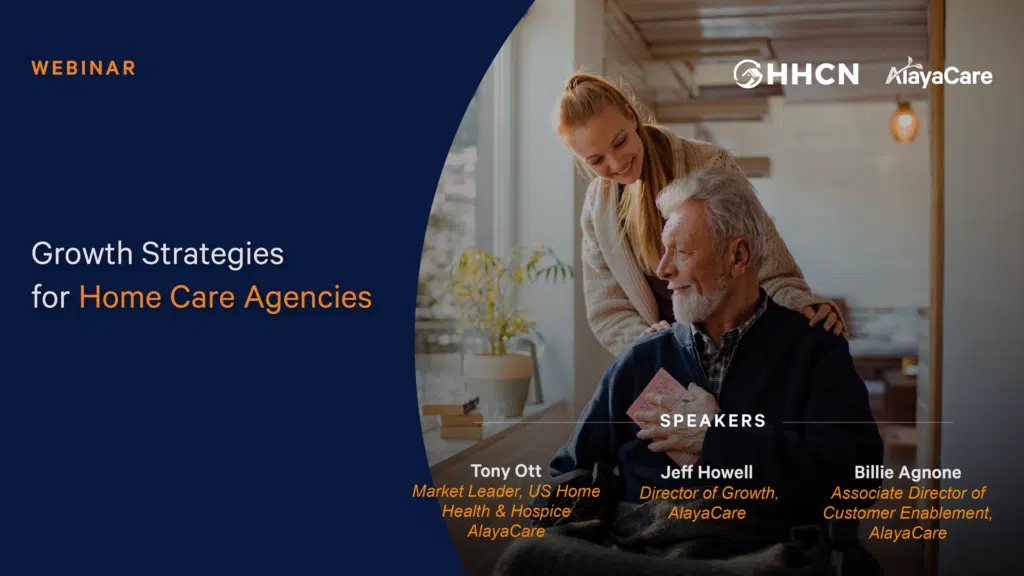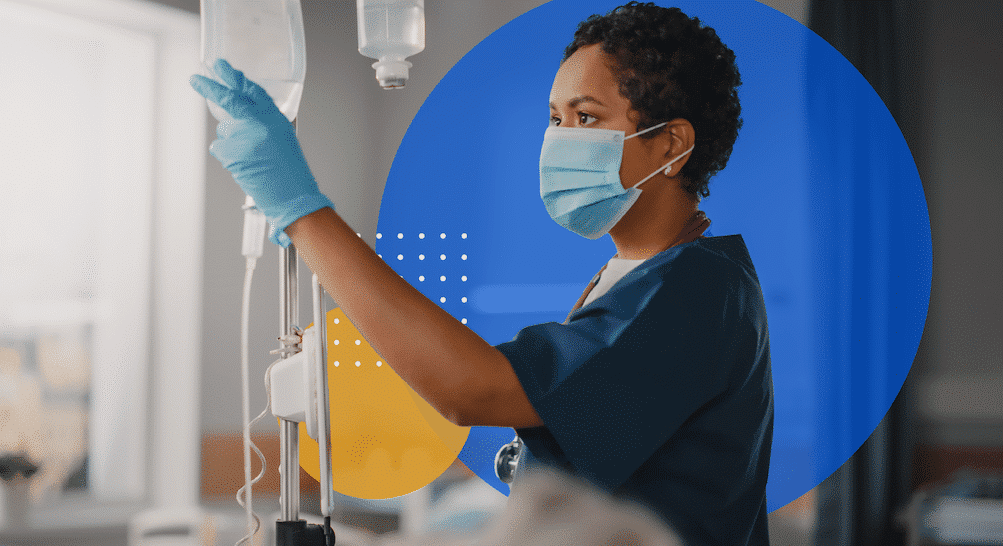Blog
How to Leverage Digital Patient Engagement Tools to Improve Outcomes

Home healthcare providers have an increased focus on “patient engagement”, or in the words of Judith Hibbard, Ph.D., MPH, “an individual’s knowledge, skill, and confidence for managing their [own] health and health care.”
There is plenty of research that supports the notion that patients who are confident and who can participate in their own care are more likely to experience better outcomes while reducing hospital readmissions.
This is becoming increasingly important for the at-home care industry as it continues shifting to value-based and patient-centric care.
The Change Foundation identifies that patient-centered care, patient engagement, and patient experience are the principles of good relationships which are crucial levers for change.
- Patient-centered care involves planning, care, evaluation and research, training, and even staff recruitment.
- Patient engagement involves the use of a range of tools and processes such as motivational interviewing, surveys, focus groups, storytelling, advisory councils, board participation, patients as improvement advisors, and a commitment to co-designing solutions with patients.
- The patient experience involves the ability to listen, measure the experience and develop the capacity to use the information to change practice, policies, and rules. Patient experience requires a feedback loop that enables the improvement of conversations about the individual’s or organization’s patient-centeredness.
According to one survey report amid staffing shortages and demand increases, home care patients have rising expectations regarding the quality of care they receive. For caregivers to provide better patient engagement, it is suggested that home caregivers provide patient engagement at all levels, such as pre-appointment engagement, site-of-care support, priority engagement for those who need it most, and post-care outreach.
Better patient engagement is vital to the homecare agencies’ success. With the advancement in digital health and logistics technology, mobile healthcare engagement via apps and patient communication technology is beginning to gain significant ground.
Personalize patient engagement and increase compliance with technology
Leveraging digital patient engagement initiatives might be a good place to start. These are some technologies that can improve connections, make information more readily available, and increase patients’ confidence in their pre-and post-acute care:
Patient & Family Portal
Key stakeholders, such as chosen family and friends, will have visibility and the ability to actively participate in the care of their loved ones, developing relationships and encouraging interactions.
Mobile Health
According to HIMSS Analytics, 69% of clinicians are already using mobile devices, such as cell phones, tablets, and laptops, to access patient information. Mobile presents a new opportunity to make information readily available to your patients.
Video Conferencing
Tools such as video conferencing allow remote communication with patients, and care workers can provide pre-emptive care or feedback to their patients.
No more alienating phone calls as patients can engage with their care providers as if they were in the room with them.
Digital tools can enable patients to be more confident and engaged in their care and can give providers greater capacity to keep patients in the comfort of their homes and out of the hospital.
As a leading provider of an end-to-end home care software platform, AlayaCare offers a mix of real-time telehealth and face-to-face visit solutions, including robust point-of-care electronic documentation, home care scheduling solutions, and next-generation technology such as integrated Family & Stakeholder Portals, Virtual Care, and Machine Learning.
With our all-in-one solution, you can ensure your patients have the tools they need to be more confident and knowledgeable in their healthcare services, increasing engagement and ultimately improving patient outcomes.
Keeping your patients’ data safe! Choose technology that has modern HIPAA compliance.
While you increase your efforts for patient engagement using technology, it is important that your agency and your technology partner are aligned when it comes to patient data security. Data residency, security, encryption, and robust control systems must be implemented by software platform providers, while home care service providers are responsible for managing access and device privileges, permissions, and passwords.
So, it becomes critical to know not only how to ensure internal data integrity, but also how that EHR (Electronic Health Records) system archives, secures, validates, and produces historical records – and how the agency fits into that process.


